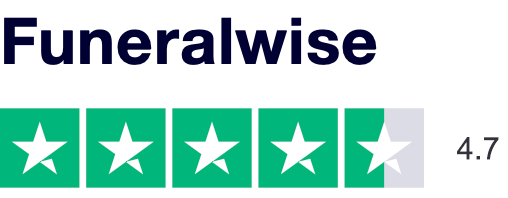Good Etiquette Guide for the Surviving Family – After the Funeral is Over
After the funeral is over there will be a number of housekeeping chores that need to be taken care of. While some of these may be tasks you’d rather not handle, others will give you a chance to honor your loved one one last time. For most of us, it’s best to take care of these as soon as we can.
After the Funeral: Acknowledgments (Thank You Notes)
Many of us dread the task of writing thank you notes. While it can be time-consuming, acknowledging the thoughtfulness of those who contributed to the celebration of the life of our loved one can give us the chance to connect with them one more time.
If you need help getting started or ideas on what to say, visit our Sending Thank You Notes page. It is filled with helpful information to make your task easier. Also, check out our Collection of Thank You Cards.
After the Funeral: Ashes (cremains, or cremated remains)
Etiquette demands that we treat human remains with the utmost respect. At the same time, we want to respect the final wishes of our loved ones. That does not, however, mean it’s acceptable to break the law, and laws can be quite strict regarding the disposal or scattering of human remains, including ashes. Laws and regulations vary by state and municipality.
In most cases, it is permissible to scatter ashes on private land as long as you have the permission of the owner. Government owned land may be another story. Some popular National Parks, for example, require a special form be filled out. Others do not permit scattering at all.
- You are likely to need permission or a permit to scatter your loved one’s ashes. Even if you decide they’re to grace your own garden, you may need to disclose this fact when you sell your home.
- If you decide to keep the ashes indefinitely, it’s preferable to purchase a proper urn rather than keep them in the box supplied by the crematorium.
- Consider purchasing more than one urn if other family members request a portion of your loved one’s ashes. There are urns available that are designed to be used for people who will be sharing the ashes with other.
Learn More on scattering ashes
After the Funeral: Flowers
Even if you’ve requested donations to a cause “in lieu of flowers,” you may receive memorial arrangements, baskets, and planters. Flower arrangements received at your home may be kept at home or taken to the service or funeral home. Arrangements sent directly to the funeral home will be transported to the service by the funeral director if necessary.
What should you do with the floral arrangements after the funeral? You have several choices that are appropriate:
- Take them home;
- Leave them at the church;
- Distribute them among family members;
- Have the funeral director take them to the grave site and leave them there (they will be cleaned up later by the groundskeeper); or
- Contribute them to a hospital or retirement home, although any that go to these locations should not be obviously funeral-related (for example, a cross or a casket spray).
Be sure to take the cards that accompany any donated flower arrangements so you can thank the givers.
After the Funeral: Monuments and Markers
It is customary to purchase a monument or marker to place on the grave site. Because it takes some time for markers and monuments to be prepared, installation will take place sometime after the funeral or memorial service.
- A marker can be purchased from most cemeteries or from specialty companies. Styles and prices vary, and the time needed to complete them can be days, weeks, or months.
- Markers can be simple or highly personalized if desired; at the very least, they should list the name, date of birth, and date of death and express dignity and respect for the deceased.
- The cemetery will inform you of its rules regarding markers.
Contributor: Jenny Mertes

